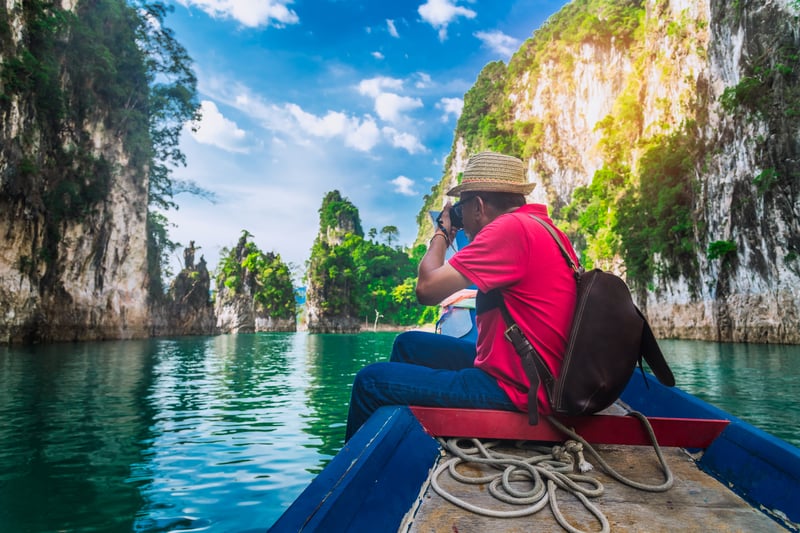
You're not alone if you've heard the term ‘slow travel’ more and more lately as it’s one of the leading trends in travel today. Unlike some passing fads, however, the concept of slow travel is a substantial and meaningful method of exploring the world that we predict is here to stay. If you’re wondering what slow travel is, what the benefits are, and how you can embrace the ‘slow traveler’ lifestyle, read on!
What is Slow Traveling?
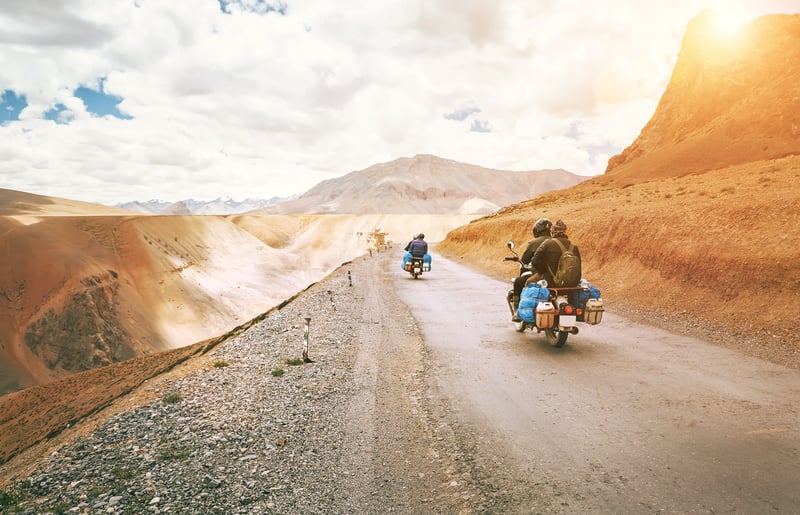
Many of us can relate to embarking on a trip and attempting to cram as much in as possible, ticking off a long to-do list inside one or two weeks of vacation time. There’s the frenzied rhythm of jumping from one location to another, not bothering to unpack your bags because you'll be checking out of your hotel and heading to your next one in a few days. Ultimately, the whole experience feels rushed, and the memories can become a blur. Before you know it, you're back home and actually feel relieved and in a heap of exhaustion.
In essence, it defeats the purpose of travel!
Slow traveling (or slow tourism, or mindful travel) is the opposite: fewer destinations and more time. Forget about the box-ticking mentality and collecting those all-important selfies. The slow traveler picks a few destinations (or even just one) and spends significant time there to relax, connect and explore. The slow travel movement is especially popular with solo travelers as they have the freedom to go at their own pace.
Whenever you can, take your time and practice slow traveling. Embrace the local lifestyle, and you’ll see why the slow travel mindset is travel at its best.
The Slow Food Movement
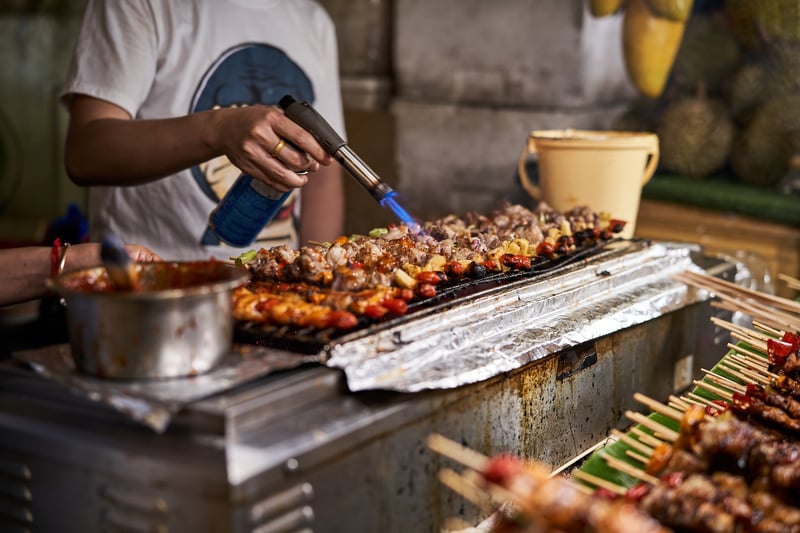
Another practice that goes hand-in-hand with slow travel is the slow food movement. This is about exploring the local culinary scene, trying traditional dishes, and visiting local markets and food producers, which provides a deeper understanding of a destination's culture and food traditions.
Instead of hitting the well-trodden tourist circuit, head to the local food markets and stock up on food to cook. Stay away from food that you can get back home and instead delve into the local food and cooking arena. Ask the locals about the traditional cooking methods and try out their particular approach to enjoying their food and the whole eating experience.
The slow food movement is about embracing and protecting local food and traditional cooking. Airbnb now even offers experiences hosted by local experts, including popular day trips and local cooking classes. It is an excellent way to understand the local culture better.
Benefits of Slow Travel
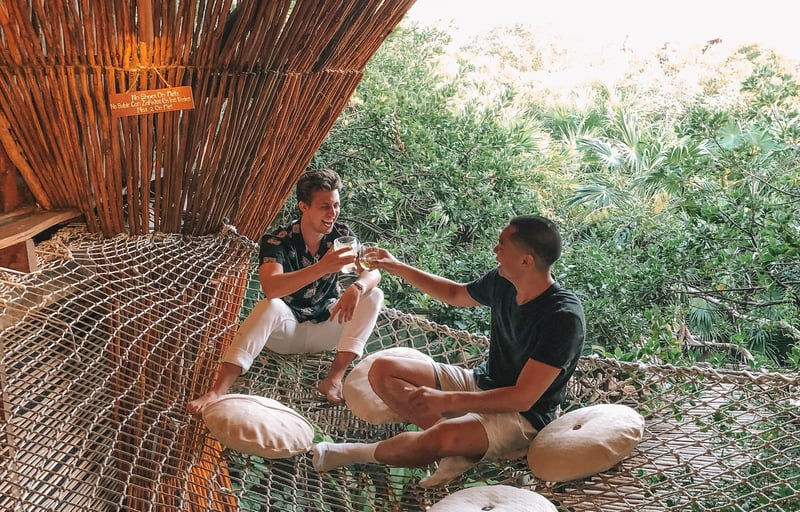 Once you embrace slow travel, there's a good chance you'll never go back! Here are five reasons why slow travel is so appealing:
Once you embrace slow travel, there's a good chance you'll never go back! Here are five reasons why slow travel is so appealing:
1) A Low-Stress Travel Lifestyle
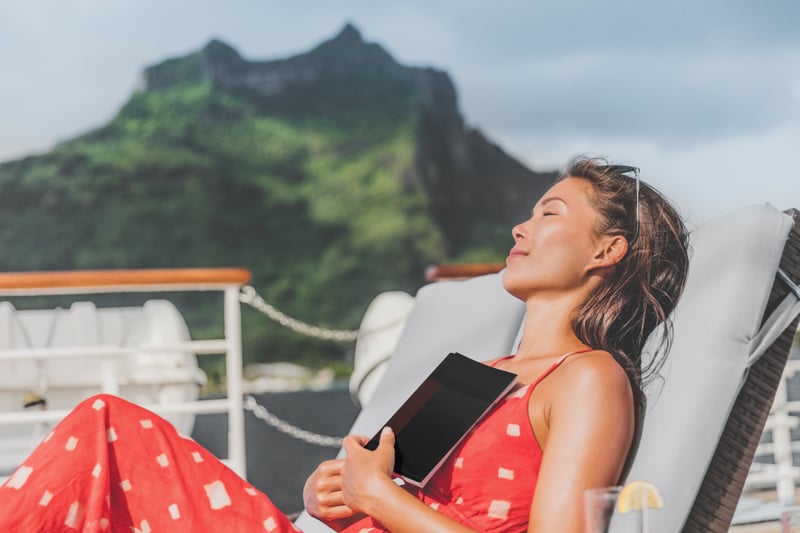
Traveling slowly and choosing a few select places while allowing yourself more time takes a huge weight off your shoulders. By cramming a ton of destinations and activities into short trips, the ratio of exploring and relaxing to planning and transportation goes majorly out of balance. Travel should be a time to unwind, relax and reflect - with slow travel, that ratio is restored to a healthy balance.
One group that particularly appreciates the stress minimization that slow travel enables is digital nomads. While members of the digital nomad movement (those who travel while working remotely from their laptops) have been around for a while now, there's a new subgroup: that of the ‘slomad’ (slow digital nomad) traveler.
Since digital nomads work as they travel, they highly value the time they’re able to allocate to exploring and enjoying their destinations. Unlike a carefree traveler on vacation, a digital nomad's spare time away from the computer is precious. If the bulk of their time was spent organizing their next destination before they've had the chance to experience their current one properly, it wouldn't be much of a desirable travel lifestyle now, would it?
As a result, many ‘slomads’ choose to stay in one destination for at least one to three months, sometimes even a year or more. This allows them to settle in and focus on their work and the new world around them.
2) Immersion in Local Cultures
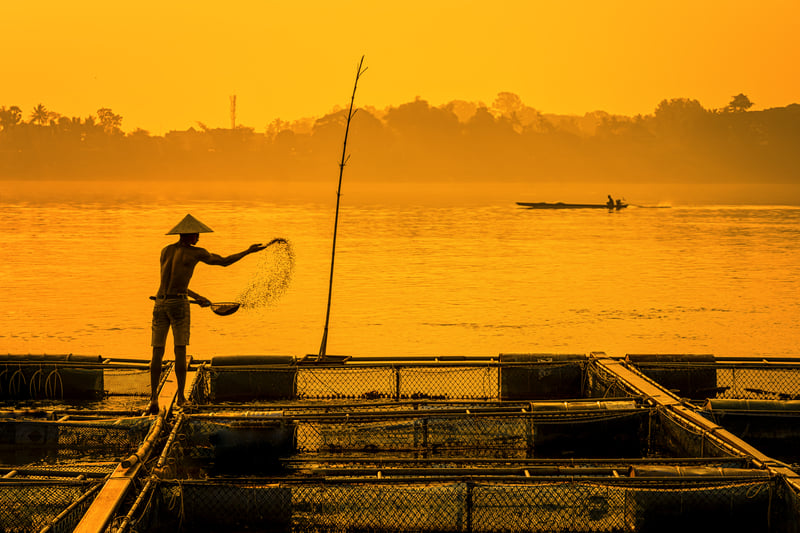
When you rush your travel, you hardly get to have a glimpse of the local cultures, let alone experience them in a meaningful way. Research by YouGov revealed that 23% of leisure travelers surveyed worldwide travel for history and culture. Moreover, more and more luxury travelers are seeking authentic experiences through cultural immersion in their travel, a demand that is fueling the slow tourism sector.
Through cultural immersion, you can better understand the local communities and break down any stereotypes you may hold about a particular country or region. The best part of cultural immersion is the entire experience you take away from it. Instead of just seeing the inside of a resort, you have a sense of having truly experienced the surrounding area. This genuine sense of place and people makes for great memories, and these memorable experiences bring satisfaction and happiness before, during and after your trips.
3) See More of Your Destination(s)
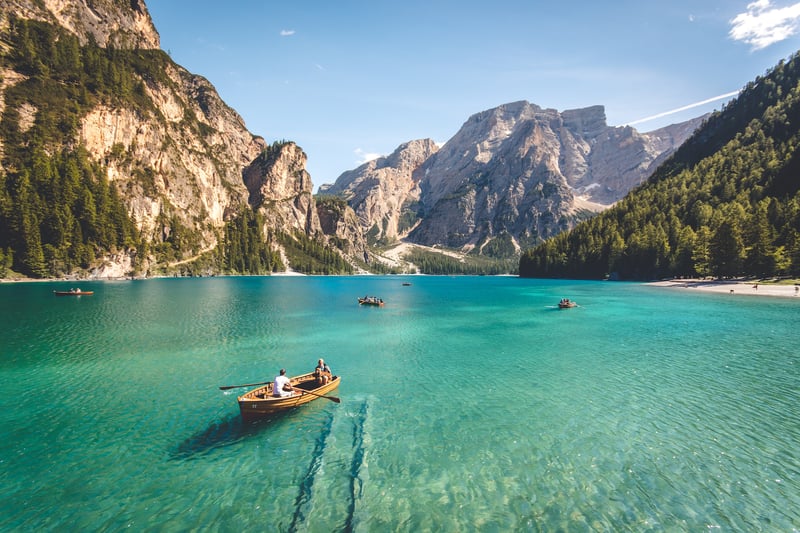 One of the most prominent reasons for slow traveling is to see more of the place(s) you visit! After all, isn’t that why many of us travel in the first place? Whether you want to explore a city, take a multi-day hike, or spend an entire day getting wonderfully lost in a local bazaar, having a vast expanse of time in which to do whatever it is you want to do allows you significantly more options for what you get to see and do. It also gives you a chance to interact more with the locals and support their economy. Spending more time exploring a destination not only allows for a more enriching experience, but the local community will appreciate you all the more.
One of the most prominent reasons for slow traveling is to see more of the place(s) you visit! After all, isn’t that why many of us travel in the first place? Whether you want to explore a city, take a multi-day hike, or spend an entire day getting wonderfully lost in a local bazaar, having a vast expanse of time in which to do whatever it is you want to do allows you significantly more options for what you get to see and do. It also gives you a chance to interact more with the locals and support their economy. Spending more time exploring a destination not only allows for a more enriching experience, but the local community will appreciate you all the more.
4) Create Lasting Memories
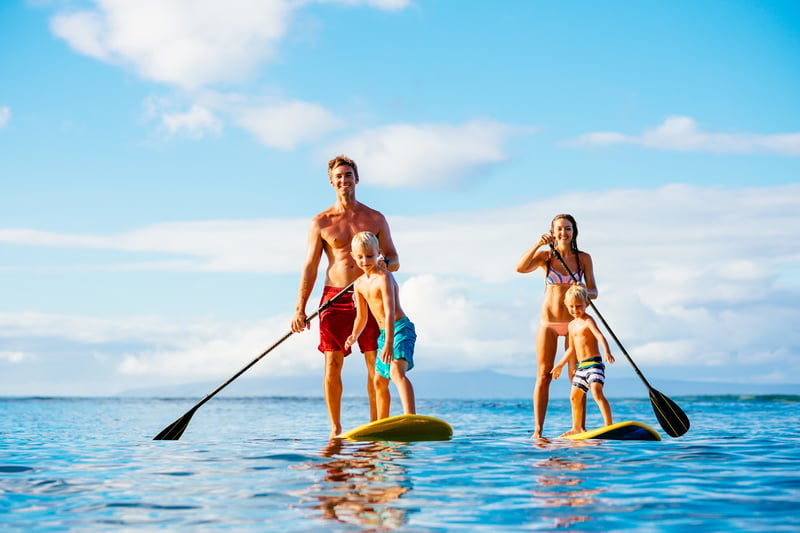 By slow traveling, you can relish your experience to the fullest. You have the time to appreciate the beauty of landscapes, local points of interest and people. You (and anyone who travels with you) get the chance to make meaningful memories due to cultural immersion. Instead of the whole trip becoming a rushed and soon-forgotten blur, you instead have time to take in the little things: a joyous child playing in the street, an authentic local ceremony, or a sweet moment of romance at sunset.
By slow traveling, you can relish your experience to the fullest. You have the time to appreciate the beauty of landscapes, local points of interest and people. You (and anyone who travels with you) get the chance to make meaningful memories due to cultural immersion. Instead of the whole trip becoming a rushed and soon-forgotten blur, you instead have time to take in the little things: a joyous child playing in the street, an authentic local ceremony, or a sweet moment of romance at sunset.
5) Support Eco-tourism

Seeing the growing desire of tourists to positively impact the places they visit is comforting. Slow tourism falls under the umbrella of sustainable tourism practices, contrasting with mass mainstream tourism, with more emphasis on awareness. Whether seeking extended stays at eco-resorts, volunteer opportunities, or giving back to the community, consciously moving slower during one’s travels helps facilitate this.
In addition, the faster everyone travels, the more transportation is taken overall, which means more carbon emissions, which equates to consequences for the environment. This was evidenced during the COVID-19 pandemic as travel was significantly reduced across the globe and studies from around the world reported improved air quality and less water pollution as a result. If everybody slowed down a bit, we would practice more sustainable travel as a result.
Examples of Slow Tourism
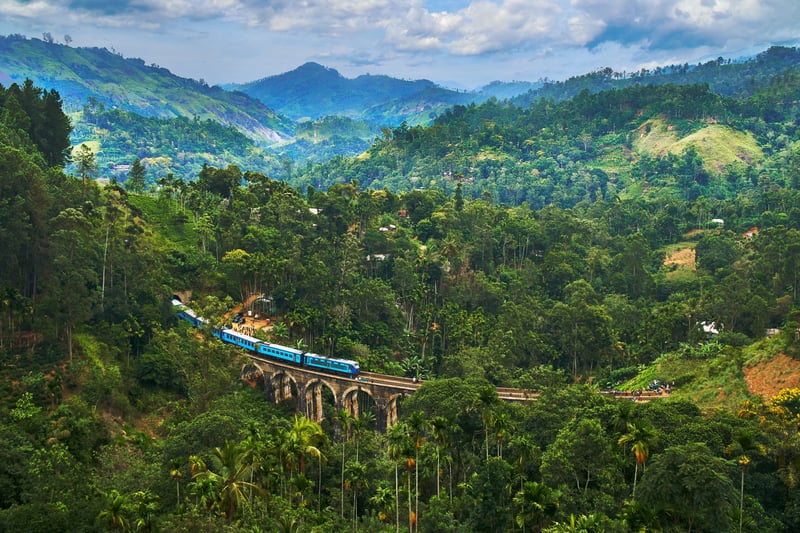
While slow travel is more about mindset, pace and intention rather than specific activities, there are several practices you can incorporate that help you operate as a slow traveler. While researching the best slow travel destinations, keep this slow-travel list handy:
Train Journeys
Opting for train travel instead of flying allows you to enjoy scenic views, interact with fellow travelers, and experience the gradual change in landscapes as you move from one place to another.
Homestays
Staying with local families or in guesthouses allows you to immerse yourself in the local culture, learn about traditional customs, and develop personal connections with the residents of your destination.
Volunteering
Engaging in volunteer work during your travels enables you to give back to local communities while gaining a deeper understanding of their challenges, traditions, and way of life.
Slow Food Experiences
Exploring the local culinary scene, trying traditional dishes, and visiting local markets and food producers provide a deeper understanding of a destination's culture and food traditions. Not to mention, it's one of the best slow travel indulgences.
Cultural Immersion
Taking part in cultural activities, such as learning a local craft, attending festivals, or participating in traditional ceremonies, allows you to connect with the cultural heritage of a place and its people.
Extended Stays
Rather than rushing from one place to another, traveling slowly by staying longer in a single destination allows you to truly get to know it, build relationships, and experience the rhythm of local everyday life.
Nature Retreats
Spending time in nature, whether camping, hiking, or wildlife observation, are all excellent slow travel experiences. It helps you reconnect with the environment, appreciate its beauty, and develop a sense of environmental stewardship.
Cycling or Walking Tours
Embarking on a cycling or walking tour lets you leisurely explore a destination at your own pace, experiencing the local sights, sounds and flavors along the way.
Slow Travel Itineraries
Designing flexible itineraries with ample downtime and fewer slow travel destinations allows you to savor each place, explore off-the-beaten-path locations, and embrace spontaneous experiences.
The Ultimate Slow Travel Lifestyle: Storylines MV Narrative
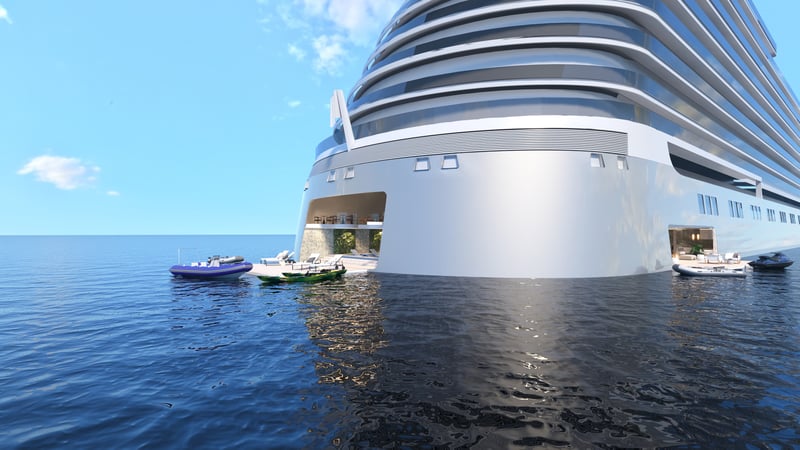
While it resembles a cruise liner, the Storylines MV Narrative luxury residential ship is anything but your typical cruise. It's not a cruise at all: the purposefully-designed pace and slow-traveling lifestyle is the total opposite. The resident community loves slow travel, and the eight guiding principles chart the course:
Storylines 8 Guiding Principles
- Discovery: We don't cruise. We discover.
- Lifestyle: We are not a vacation. We are a lifestyle.
- Experiences: We don't have itineraries. We have experiences.
- Participation: We don't observe. We participate.
- Contribution: We don't consume. We contribute.
- Mindset: We aren't a demographic. We are a mindset.
- Community: We aren't guests on the ship. We live here.
- Global Citizenship: We aren't tourists. We're citizens of the world.
Up to Three Months Spent in Geographical Regions
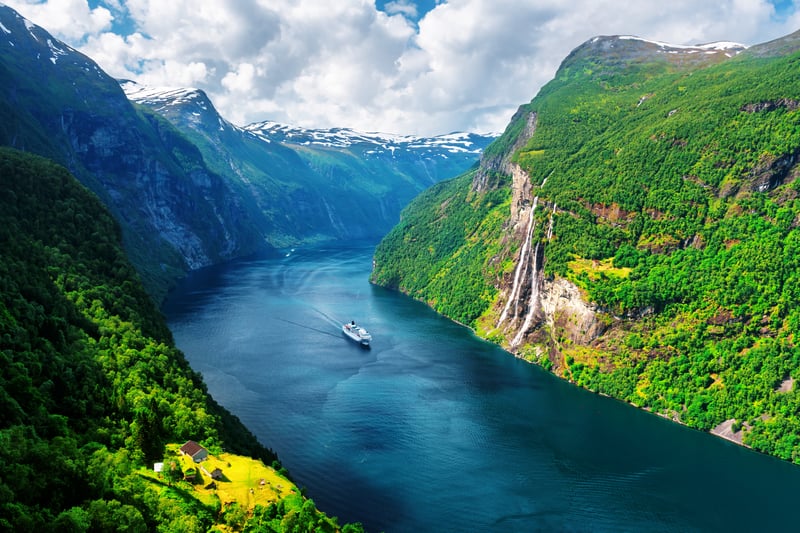 Up to Five days Spent in Port
Up to Five days Spent in Port
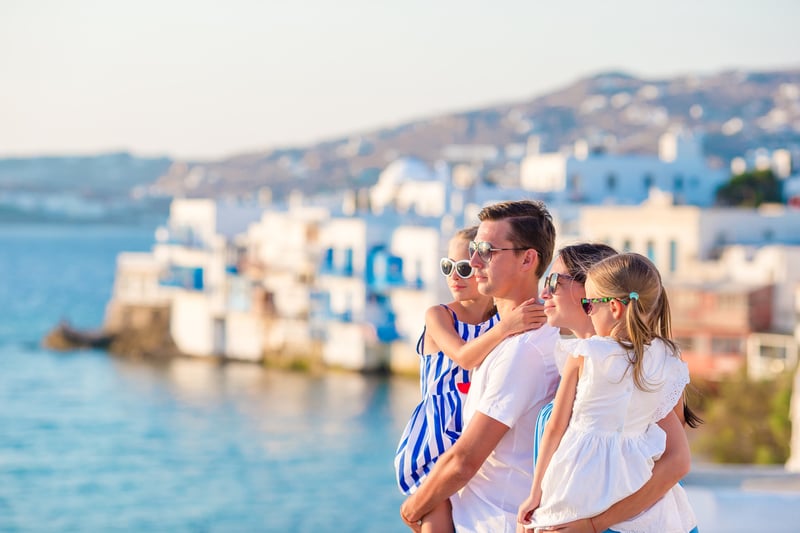
Something we pride ourselves on here at Storylines is our residential ship’s ability to stay up to five days in port. Most cruises spend hours, not days, in port… this not only highly limits your experience exploring a port city, but day-trippers are often not favored by the local communities.
Take the highly-traveled port city of Venice in Italy— in addition to exhibiting a general resistance to the high number of day-trippers entering the city on any given day, the provincial government has gone so far as to ban cruise ships from docking inside the harbor. (And fair enough, because the day-trippers have been out-numbering the locals for years, with little positive effect on locally-owned businesses or the surrounding community.) At Storylines, we take our time to truly discover a destination’s culture, food and people, supporting local businesses and trying to give back wherever we can.
While the “jet-set” pace of travel has long been romanticized as the pinnacle of luxury, many globetrotters are finding that they get much more value by seeking its direct opposite through slow travel. Consciously slowing down and investing time and focus in the discovery of your destination not only creates an optimal experience while there but ensures wonderful memories for years to come.
So, why not make your next travel experience a slow one? Or, if you are have already embraced the slow travel mindset, do you have any tips we have left out? Let us know below!


